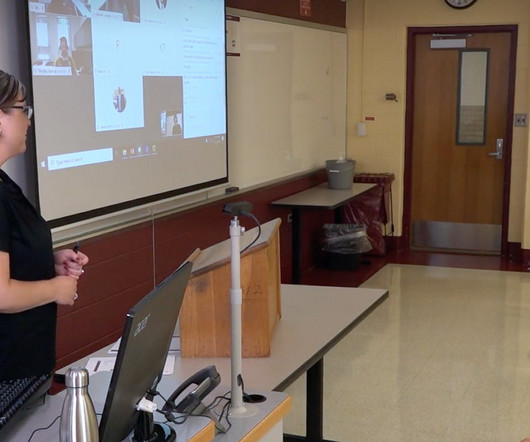?Online Courses Shouldn’t Use Remote Proctoring Tools. Here’s Why.
Edsurge
APRIL 19, 2017
In fact, when the option between taking a course online or in-person is provided, studies show students are more likely to stay in college. The goal of increasing online and blended course offerings is closely aligned to campus goals of improving student success. First, time is different, the class period doesn’t end or begin.












Let's personalize your content